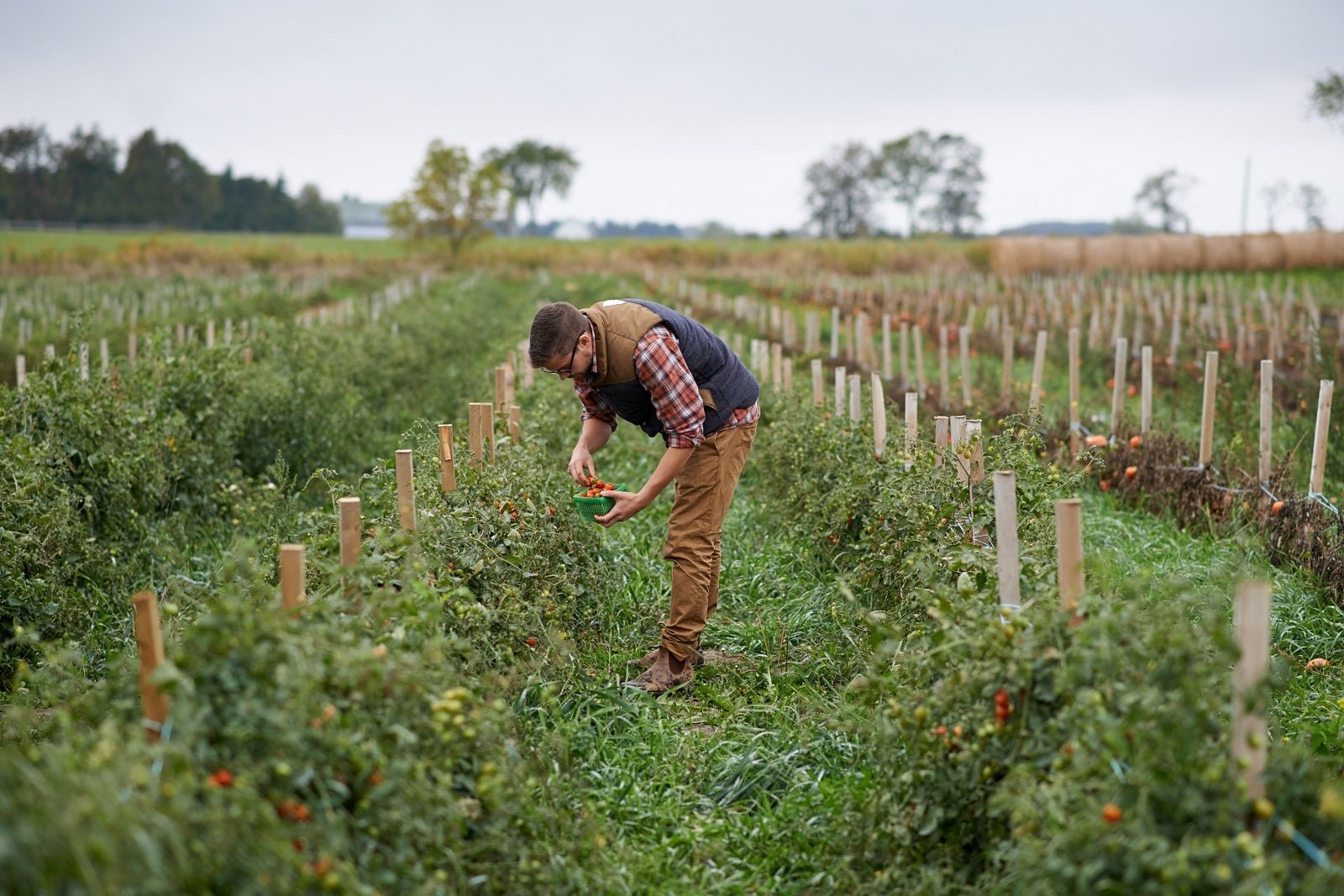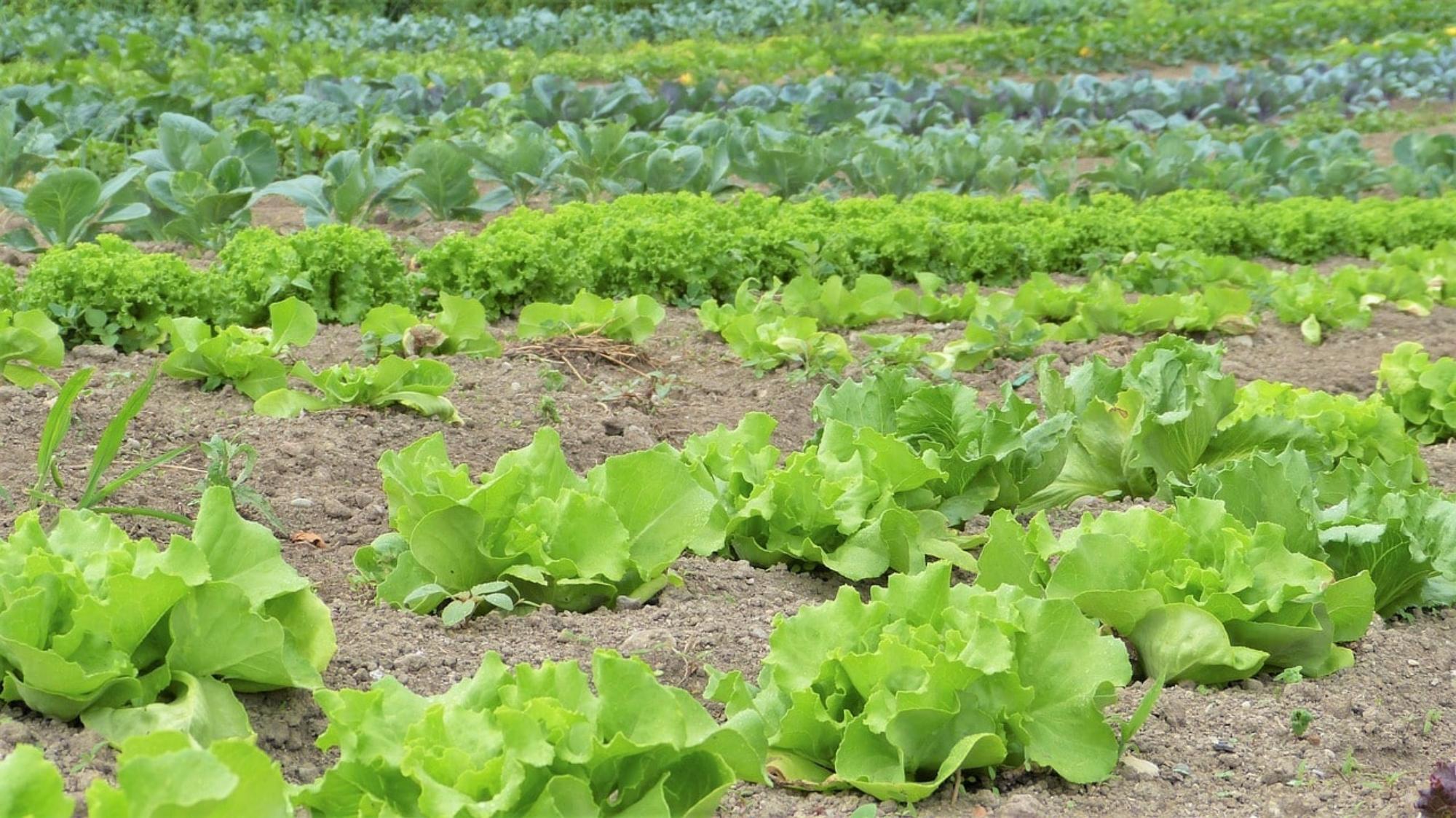
The Economics of Organic Farming
We know that organic products often cost more than their conventional counterparts at grocery stores and local farmers' markets, but does that mean that organic agriculture is more costly than conventional overall? The answers that experts have found, though multifaceted and complex, are surprisingly consistent. For the most part, organic agriculture appears to be a more efficient economic system, both for generating profit and reducing the sort of environmental impacts (often thought of as “hidden costs”) that end up costing consumers in other ways.
n
Tags:
We know that organic products often cost more than their conventional counterparts at grocery stores and local farmers' markets, but does that mean that organic agriculture is more costly than conventional overall? The answers that experts have found, though multifaceted and complex, are surprisingly consistent. For the most part, organic agriculture appears to be a more efficient economic system, both for generating profit and reducing the sort of environmental impacts (often thought of as “hidden costs”) that end up costing consumers in other ways. 



Profitability of Conventional vs. Organic Farming
There are a solid base of studies that suggest organic is equal to or more profitable than conventional farming. Part of that competitive edge comes from the premium price – driven by consumer demand – that organic farmers can get for their products (though even when profits are adjusted for 50 per cent of the current organic premium, most studies still show organic agriculture coming out ahead). One of the most persistent myths such studies consistently debunk is that organic systems are incapable of reaching the same yields as conventional systems. After a transitional period of 3 to 5 years, organic systems can produce up to 95 per cent of conventional yields. Additionally, organic farming is less dependent on fossil fuels, expensive inputs, and annual loans, making it less vulnerable to financial market fluctuations. Organic is a low-waste system that emphasizes quality over quantity, meaning it uses less land for the same profit. Conventional crop subsidies exacerbate the problem, incentivizing farmers to grow more than they can sell, which causes excess pollution, overuse of resources, and food waste.
Natural Capital
In classic economics, capital is defined as money, machinery, tools, or other physical assets that help increase an entity’s wealth. In the case of an investor, that would just be money used to buy stocks or bonds to grow the initial investment over time. In the case of a farmer, capital means tractors, greenhouses, or hand tools – things that can be used again and again to facilitate profit and growth. There’s a new branch of economics that would like to recognize the ways we benefit from natural systems as a form of capital, which they’ve dubbed natural capital. Natural capital includes a mind-boggling array of ecosystem services and resources provided by the natural world, some of which we have yet to discover. Think: trees making oxygen and capturing pollutants from the air, wetlands filtering water, insects pollinating plants, and the incredible biodiversity of a place like the Amazon rainforest generating new medicines. Mother Nature does a lot for us, and the natural capital movement would like to quantify those values in order to more easily incorporate them into the traditional economic schemes that do not account for them.Organic Farming & Natural Capital
As we’ve discussed, organic farming can stand its ground under traditional economic evaluations, but when you also start to incorporate natural capital values, organic becomes the clear winner for long-term profitability. Let’s consider a few examples of how organic utilizes and increases various natural capital functions:
- Adding organic matter to the soil each year (a foundational organic practice) increases the soil’s ability to store carbon dioxide. While conventional farming has long been the recipient of federal crop subsidies, there’s a new trend toward paying farmers for carbon sequestration, effectively acknowledging the economic benefit of high-organic-matter soils.
- Organic matter in the soil also increases the soil’s water holding capacity, reducing pressure on water resources and making organic farms more resilient to drought. Since water costs money (and increasingly so), drought tolerant farming systems mean cheaper food production over time.
- Biodiversity on organic farms offers myriad financial benefits. A diverse crop system means a succession of blooms that can feed insect populations (and provide them with habitat) year-round. These beneficial insects help to keep down populations of harmful insects, reducing or eliminating the need for pesticides, and providing pollination services to increase harvest yields.
- Genetic diversity on organic vegetable and seed farms acts as a well-endowed gene bank for potential new varieties that will be resilient against future environmental changes, insect populations, and diseases – a service that is essential to global food security, not to mention tasty food!
Would you like to be the first to hear about our new products and more? Sign up for our Nature’s Path Newsletter.







